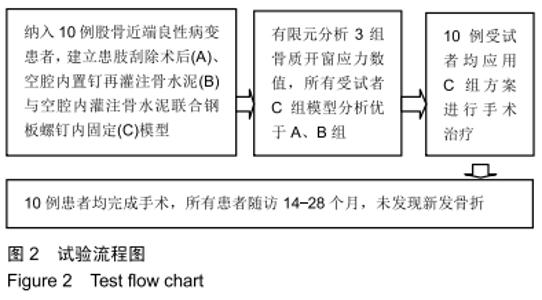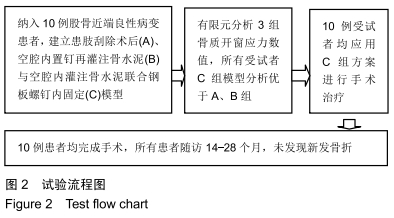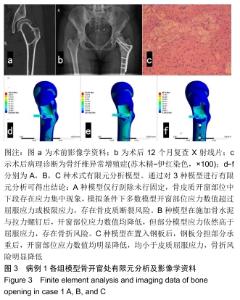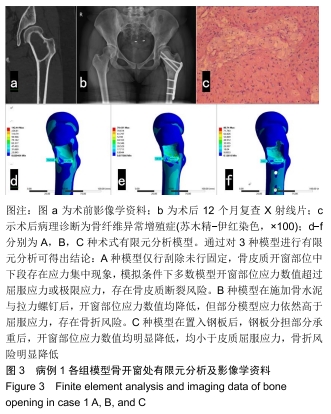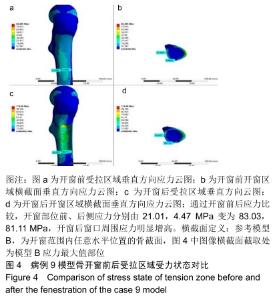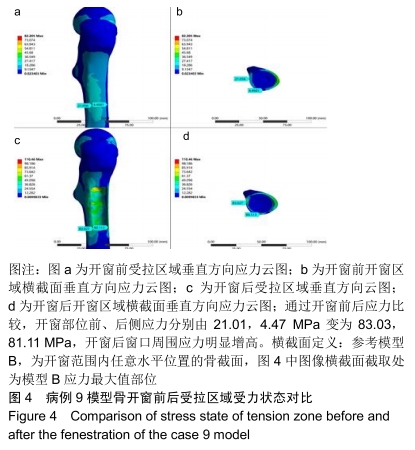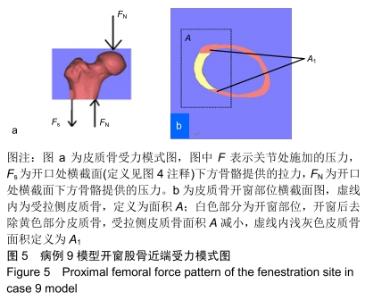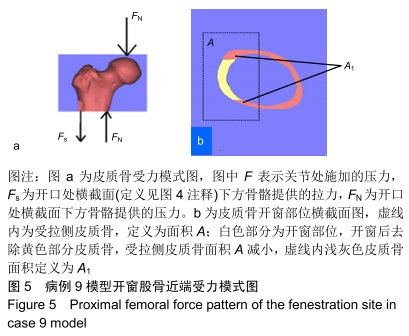[1] TAKEUCHI A, SUWANPRAMOTE P, YAMAMOTO N, et al. Mid- to long-term clinical outcome of giant cell tumor of bone treated with calcium phosphate cement following thorough curettage and phenolization. J Surg Oncol. 2018;117: 1232-1238.
[2] 郭卫,李建民,沈靖南,等.骨巨细胞瘤临床循证诊疗指南[J].中华骨与关节外科杂志,2018,11(4):276-287.
[3] 付鑫,马信龙,马剑雄,等.应用三维有限元分析正常站立位股骨近端结构生物力学特性[J].中国组织工程研究与临床康复,2009, 13(52):10241-10246.
[4] CANALE ST, BEATY JH, 原著.坎贝尔骨科手术学[M] 11版. 北京:人民军医出版社,2009:937.
[5] DUCHEMIN L, BOUSSON V, RAOSSANALY C, et al. Prediction of mechanical properties of cortical bone by quantitative computed tomography. Med Eng Phys. 2008; 30(3):321-328.
[6] ANDERSON DD, GOLDSWORTHY JK, SHIVANNA K, et al. Intra-articular contact stress distributions at the ankle throughout stance phase-patient-specific finite element analysis as a metric of degeneration propensity. Biomech Model Mechanobiol. 2006;5(2-3):82-89.
[7] CORAZZA F, O’CONNOR JJ, LEARDINI A, et al. Ligament fibre recruitment and forces for the anterior drawer test at the human ankle joint. J Biomech. 2003;36(3):363-372.
[8] REILLY DT, BURSTEIN AH. The elastic and ultimate properties of compact bone tissue. J Biomech. 1975;8:393.
[9] ENNEKING WF, DUNHAM W, GEBHARDT MC, et al. A system for the functional evaluation of reconstructive procedures after surgical treatment of tumors of the musculoskeletal system. Clin Orthop Relat Res.1993;286: 241-246.
[10] NAWATHE S, NGUYEN BP, BARZANIAN N, et al. Cortical and trabecular load sharing in the human femoral neck. J Biomech. 2015;48(5): 816-822.
[11] 杨正明,陶惠民,杨迪生,等.邻膝关节骨巨细胞瘤外科治疗的选择[J].中华外科杂志,2006,44(24):1693-1698.
[12] 杨迪生,严世贵.病损内处置与整块切除治疗邻膝关节骨巨细胞瘤的比较观察[J].中国矫形外科杂志,1999,6(8):5-7.
[13] 童小鹏,何洪波,刘擎,等.扩大刮除并骨水泥填充治疗骨巨细胞瘤的临床诊疗分析[J].实用骨科杂志,2019,25(2):123-126+130.
[14] Riidei TP, Burkley RE, Moran CG. 骨折治疗的AO原则[M].上海:上海科学技术出版社,2010:176-188.
[15] FRAQUET N, FAIZON G, ROSSET P, et al. Long bones giant cells tumors: treatment by curretage and cavity filling cementation. Orthop Traumatol Surg Res.2009;95:402-406.
[16] PAUWELS F. Biomechanics of the Locomotor Apparatus.1st ed. Berlin Heidelberg New York: SpringerVerlag,1980.
[17] HAIDER IT, GOLDAK J, FREI H. Femoral fracture load and fracture pattern is accurately predicted using a gradient-enhanced quasi-brittle finite element model. Med Eng Phys. 2018;55:1-8.
[18] 张海波.股骨近段骨缺损的三维有限元模型的建立及相关生物力学研究[D].成都:四川大学,2007.
|
